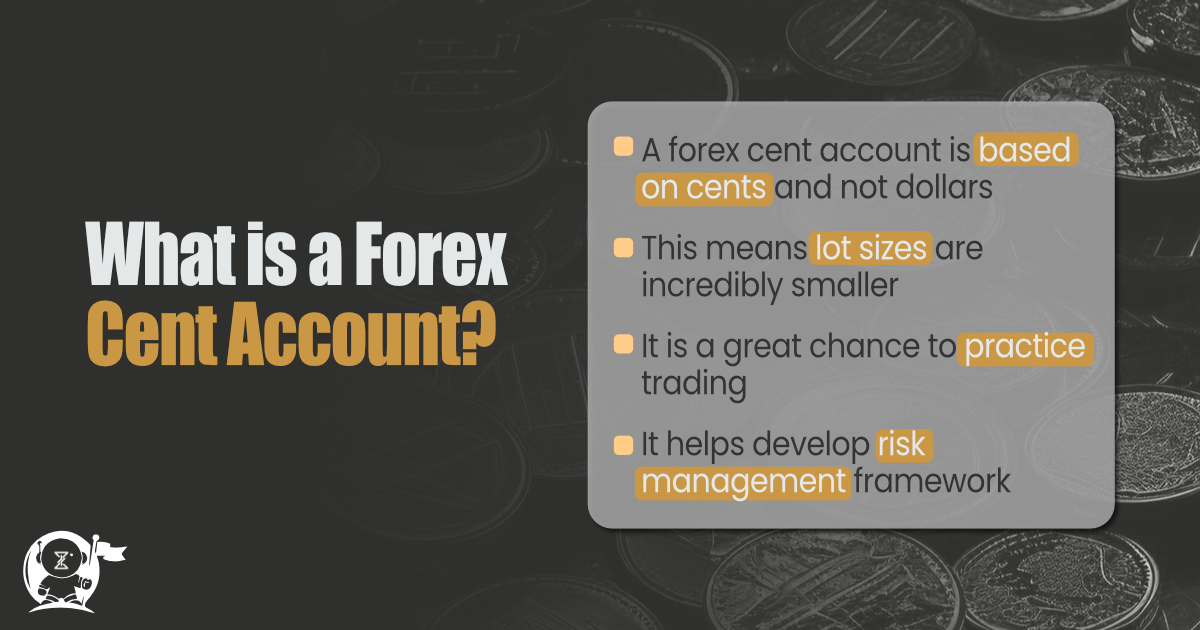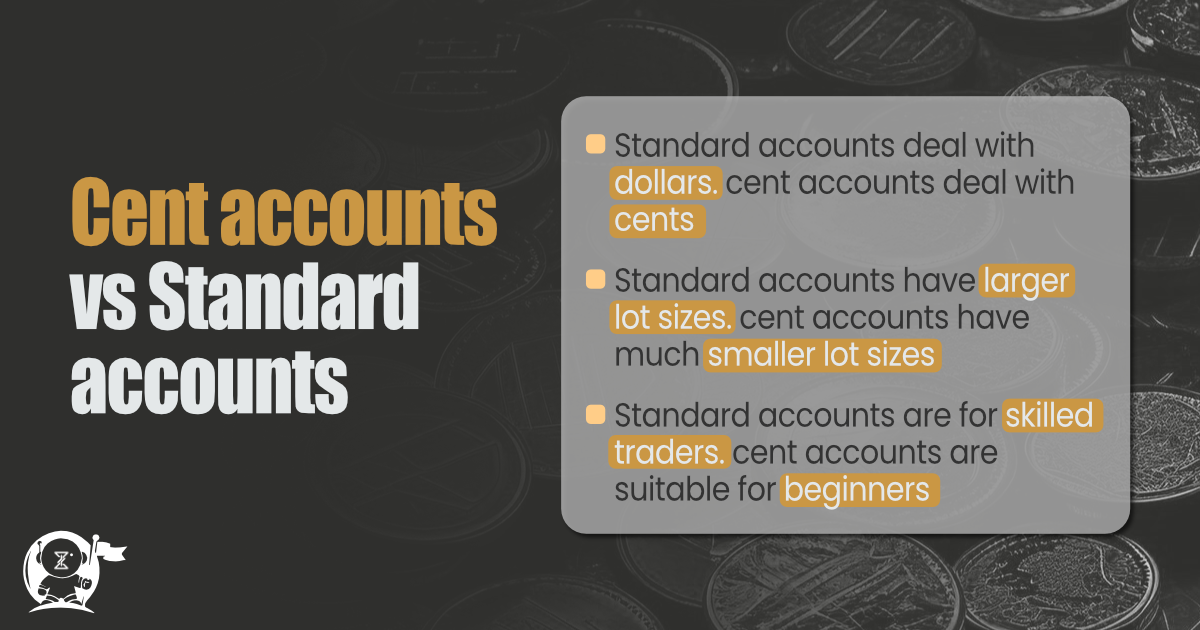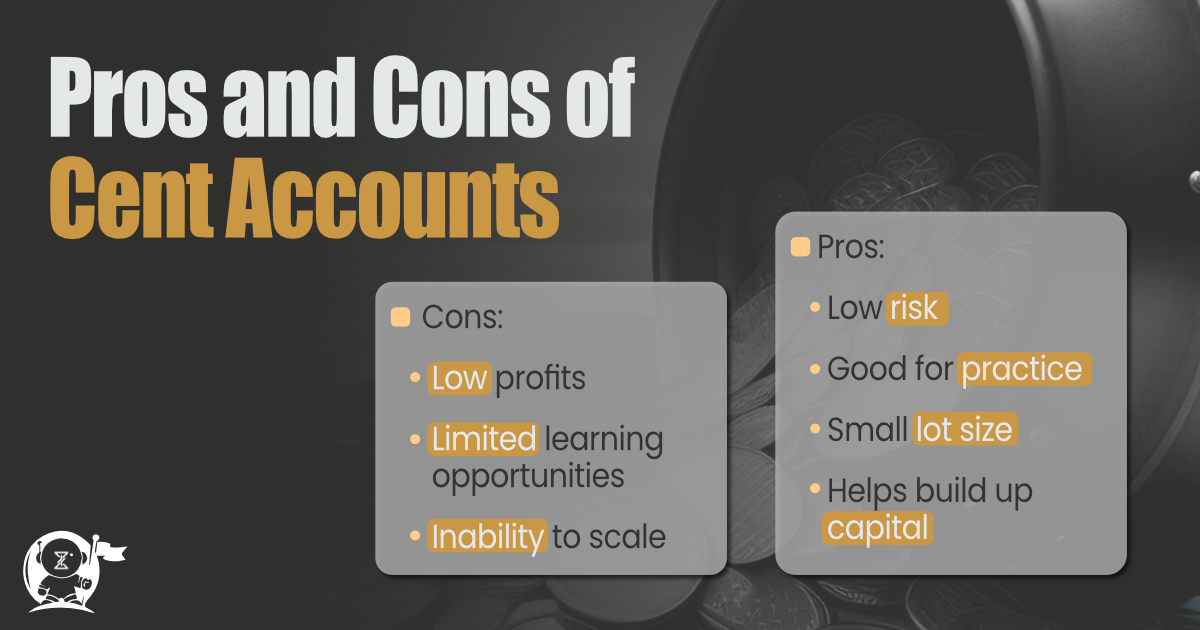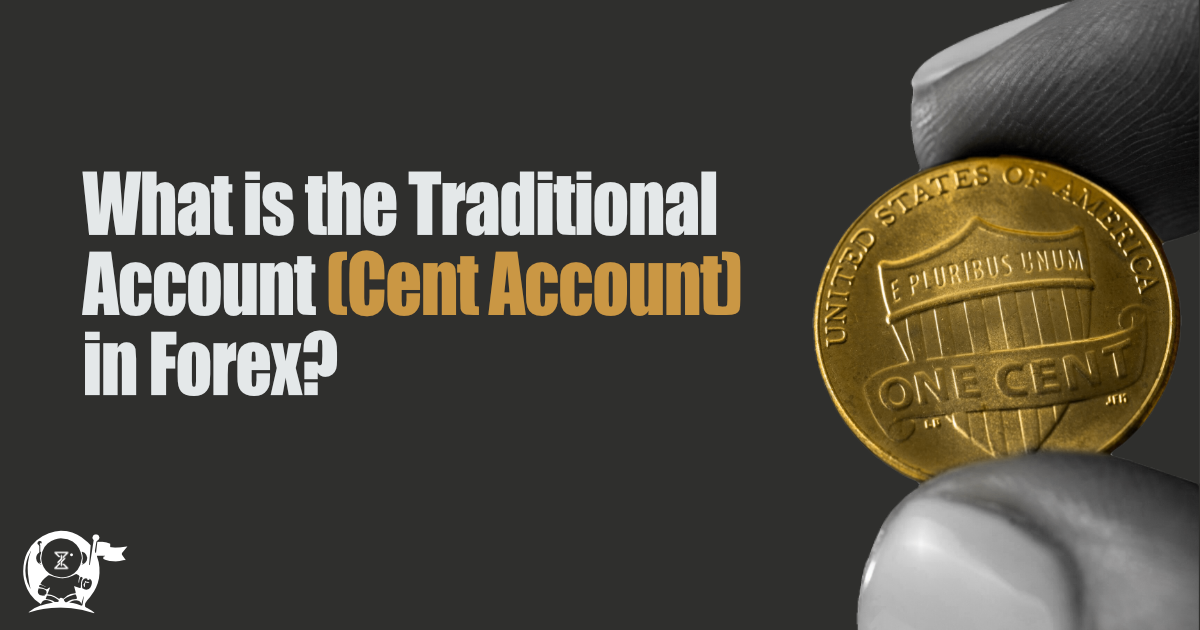What is the first thing you need to begin trading in forex market? You might think it is money. Well that is actually right! But other than money, the thing that you need to begin trading is an account. You need to have a forex account in order to be able to execute trades in that market.
But as you might know and as you might have seen this with many brokers, there are so many different account types. In fact the variety can be so high sometimes that it is just difficult to choose from them. But there are two main account types in the forex market that supersede other account types. One is known as the standard account and the other is known as a cent account. In this article we are going to mainly focus on the latter.
You should read: Leveraging Fundamental Analysis with Automated Trading
What Exactly Is a Forex Cent Account?
Trading can be quite a daunting task. It has so many nuances that you need to learn and master that it can be quite tricky. This is why it is always advised that traders practice before risking their capital and their precious assets. One way of practicing is through the use of demo accounts. But that is not the real market and it is only a simulation.
But a much better way is to use cent accounts. What is a cent account? As the name suggests, a cent account is a type of forex trading account where the base currency is not the US dollar as it is denominated as such. Rather it is the US dollar in its much smaller denominations, i.e. cents. So with a cent account you will actually be dealing with cents. This has some serious and rather interesting implications.
In cent accounts traders are faced with much smaller lot sizes. This can help them manage their trades in the beginning much better and be able practice before using larger lot sizes. This is because with smaller lot sizes, risks are also lowered as there are fewer chances of you losing your money.
The lot sizes that can be found with cent accounts are even smaller than micro or nano lot sizes.
Furthermore, because you will be dealing with cents, it gives you a chance to develop a sound risk management framework under light conditions. At the same time, you can slowly build up a trading capital if you did not have much to begin with.
These were some of the most important aspects of a cent account. But to understand it better we need to contrast it with a standard forex account.

You should read: News Trading with Forex Robots Tips and Tricks
What Is the Difference Between Cent Account and Standard Account in Forex?
For many traders, it becomes a difficult choice to pick between a standard account type and a cent account, especially when they are only beginning their journey in the forex market.
To make their decision easier, let’s quickly compare standard accounts and cent accounts.
The root of all the differences between standard accounts and cent accounts can be seen in their base currency, or actually their base denomination. As we said the denomination for standard accounts are US dollars but for cent accounts we have cents.
This means in standard accounts we have much larger lot sizes in comparison and so traders also need to have higher initial equities in order to be able to trade. On the other hand, in cent accounts we have much smaller lot sizes which enable traders to be able to begin trading with even nominal amounts of money.
Precisely because of the amount of money that is involved in either of these account types, they require various degrees of skills and expertise on the part of the traders who use them. As such, a standard account would require you to be more skilled as a trader because you will be dealing with larger lot sizes. But with a cent account it won’t matter even if you are a beginner trader in the forex.

You should read: Analyzing Market Trends with Forex bots
The Upsides and Downsides of Forex Cent Accounts
So far we learned a lot about cent accounts. Let’s wrap up by concluding their pros and cons.
The advantages of forex cent accounts can be found in the really low risk that is associated with them. Because they have incredibly smaller lot sizes compared with standard accounts, cent accounts can provide traders with a great opportunity for trading and practicing their skills at the same time. They are also really good for building up your capital. You see you can accumulate the profits gained with these accounts and prepare to use them in a standard account with larger lot sizes
On the other hand, cent accounts also have some disadvantages such as their low profit levels. Remember that we are dealing with cents and extremely small lot sizes. So naturally the profits that are earned are also small. Additionally because everything is scaled down, the learning opportunities can be rather limited. This is because you are not using the same tools on the same scale as a standard account.
This leads to another downside on its own, and that is the potential lack of scalability once you switch to standard account type because traders with a cent account type have been practicing with such small figures that transferring your knowledge and experience and scaling it with a standard account type might present some challenges to them.

You should read: Using Multiple Robots for Diversified Forex Trading Strategy in 2024
Conclusion
In the forex market there are many different account types for trading that are offered by brokers. But the main account types are standard and cent accounts. Standard accounts are what the majority of traders use and they are your run of the mill trading account. Cent accounts, on the other hand, are based on cents and provide a great chance for users to trade with much lower risk. In this article we discussed cent accounts and took a look at their advantages and disadvantages.
